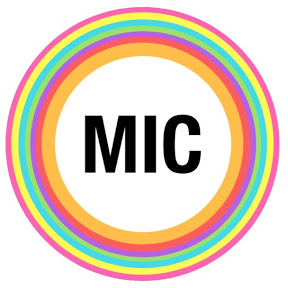Will the School Be Ready for the Next Storm?
On Thursday, November 15th media outlets across the tri-state area forecasted one to two inches of snow followed immediately by rain. However in the New York area residents were in for a shock. One to two inches of snow quickly escalated. In Central Park, 6.4 inches of snow were recorded — the biggest one-day November snowfall in 136 years, according to the New York Times.
A multi-car accident closed the George Washington Bridge and normally short commutes turned into hours of stop and go traffic.
At SUNY Old Westbury classes were not cancelled until 7 p.m. At that point the snow was well underway and roads had become hazardous and unsafe. Cars skidded off campus roads. Others were stuck on roads or in the parking lots. Police had to divert drivers around blocked exits and trapped cars. Gate A was closed as a precautionary measure going both in and out of the campus because of the hills and traffic was rerouted to Gates B and C. A senior majoring in PEL who preferred not to give her name said it took nearly six hours to get home on what would usually be a forty-five minute commute.
Students, members of the faculty, and staff said they had almost had an accident or feared causing one. Police Chief Steve Sienna confirmed, “It is possible there were minor accidents that wouldn’t rise to the level of me becoming aware of them. I know that we didn’t have any injury accidents. I would have heard of that.” While many complained that the campus authorities reacted too slowly, Siena went on to say that the police responded as fast as they could and took action as soon as they were aware of the need. Mike Kinane, vice president of communications and chief communications officer, said that the roads could not be salted beforehand as the forecast called for rain which would have washed away the salt.
Many wanted to know why the college waited so late to cancel classes or why the college wasn’t just closed altogether.There were various complaints from both students and faculty that they had to stay in school. Yet there were no known accommodations for those who may have needed to stay on campus overnight.
“I cannot definitively tell you if there are or aren’t [such accommodations],” Kinane said. “My gut reaction is that there aren’t any because nine out of ten times that’s not an issue. Accommodations are made for food service, if people are here differently than they expected. We had staff members who couldn’t get home that night or stayed in their offices or rode with other staff members who live close to them.”
Students were notified via text and email at 5:39 pm regarding the seven p.m. class cancellation. The website was also updated around that time. Answering question of why the school waited so late to cancel classes, Kinane said, “Part of the thinking for that was we’ve already had people come for 5:30 classes, people are already here and in class…. It would have had to been done well before three o’clock for the cancellation to be effective and between 2:30 and 3 p.m.the forecast was still an inch to an inch and a half of snow and then rain.”
The college by state regulation cannot be closed unless given jurisdiction by the governor who has to deem the situation a state of emergency. According to Kinane, the campus decides to cancel classes based on a decision making process made by three offices: the office of Academic Affairs, the office of Maintenance facilities, and University Police.. Academic Affairs specifically looks at where we are in the semester and what the state regulations are for instructional hours.
Both Sienna and Kinane stressed the importance of notifying the appropriate offices and getting the message out to students. Students are urged to constantly check their emails and to opt into the text alert system. Students get contacted college wide about cancellations via their campus email. Everybody has the ability to enroll to receive text messages to their mobile devices.
Currently only 44 percent of students are currently registered to receive alerts via text message for cancellation and only 48 percent of faculty and staff. Students are given the opportunity to receive text alerts when they first log onto to banner to register for classes. They actually have to accept or opt out the alerts to register for classes. University Police also emphasize the text alerts during first year and transfer orientation. While it would be easy just to text everyone it is against regulations for students to receive the text alert without their permission. Local news organizations are contacted with messages to post on their broadcast outlets and websites.




